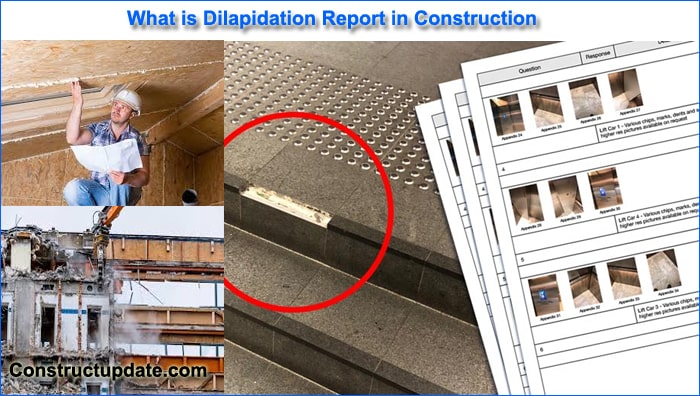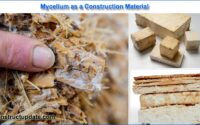What is Dilapidation Report | What information Includes a Dilapidation Report?
The structural stability of your home may be in jeopardy if there will be significant buildings close by. Large-scale building frequently necessitates the use of powerful equipment that can harm the environment. Prior to beginning any significant construction or demolition work on neighboring homes, it is crucial to obtain a dilapidation report in order to avoid further disagreement. In this manner, you may defend yourself, safeguard your possessions, and avoid unpleasant conflicts.
What is a Dilapidation Report?
A dilapidation report is a thorough examination and written report on the present state of a dwelling’s neighboring properties. It allows property owners to take the necessary precautions and have a record of the present state of their residence. Before and after a significant construction or demolition project, this is typically requested. A dilapidation inspection, also known as a condition report, is necessary to obtain a Development Approval (DA) for a construction project that could potentially damage an adjacent property or properties nearby.
In addition to protecting adjacent assets, the condition report also protects the developer’s interests. Both parties may easily discover any building flaws that may already exist as well as any harm that may have occurred as a result of the development work by contrasting the before and after construction reports. Potential conflicts can be avoided in advance in this way.

What Information is in the Report?
Building inspectors with experience include an external to-inside inspection in their complete condition report. It pays great attention to particular locations that stand to be significantly impacted by the project. The actual state of the property will be measured, described in-depth, and illustrated with diagrams and photos. The inspector will pay close attention to the following details, specifically:
- Cracked tiles near plumbing fixtures
- Cracks in the outside and interior walls
- Missing or loose frames
- Cracks in exterior brickwork
- Pavers or concrete can crack
- Signs of ground motion
- Alignments of the architrave
- Missing or loose roof shingles
The builder and the property owner will each receive a signed copy of the condition report for their records.
When Would One Be Needed?
While anyone is welcome to request a dilapidation report, few situations actually call for one. These consist of large-scale construction initiatives, the destruction of buildings, and nearby land excavations. The following projects also require a dilapidation report:
- Pipe laying works
- Road construction
- Development projects that cause ground vibration
Regardless of whether a condition report is mandated by law in your area, you should obtain one as a safeguard against any legal action. Additionally, you need it as proof to back up settlement requests for damage claims.
Who Conducts Them?
Third-party qualified professional building inspectors, like the skilled staff at Inspect My Home, conduct a dilapidation report to avoid any potential conflicts of interest. They are the only ones with the knowledge necessary to carefully evaluate and record the current state of property both before the start of a major building project and after it is finished. The inspectors’ conclusions cannot be contested because a dilapidation report is a legal record.
Always check that your inspector is licensed and has a good reputation if you require a detailed report on any property. This ensures the accuracy of the dilapidation report.





